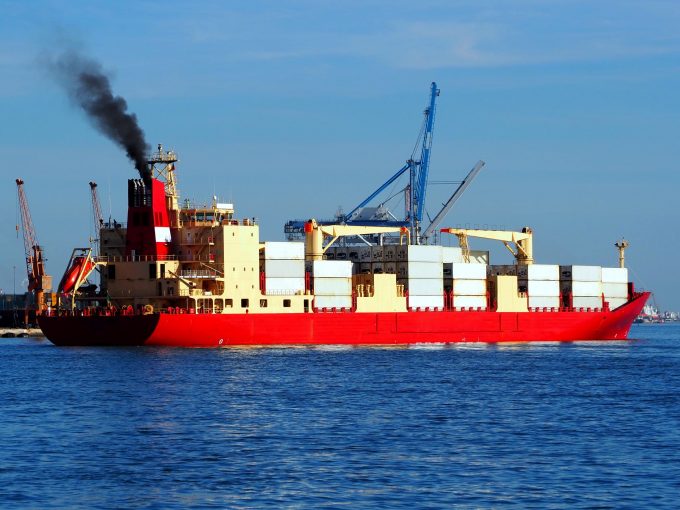Ocean Alliance suspends transpacific PSW11 service
Despite reports that some major US importers have decided to resume shipments out of China ...

Accusations levelled at a brace of major shipping lines via social media on Tuesday cast doubt over their carbon emissions claims, highlighting the pressing need for standard emissions measures.
In a LinkedIn post, Lars Jensen, CEO of Vespucci Maritime, noted “wild discrepancies” between the emission-per-box claims of alliance partners Evergreen, CMA CGM, Cosco and OOCL.
“If you book with any of these, the cargo will go on the exact same vessel on the exact same routing,” Mr Jensen said.
However, claimed per-box emissions ...
Keep our news independent, by supporting The Loadstar
Volume surge and an early peak season? 'Don't celebrate too soon,' warning
Container spot rates diverge: to Europe still falling, but firmer to the US
Hapag-Lloyd won't take bookings if port congestion leaves cargo stranded
Ecommerce likely the front-runner in resurge of transpacific trade after deal
China-US trade tariff pause could drive a rebound for transpacific rates
Service chaos from trade ban with India a problem for Pakistan shippers
Shippers should check out the 'small print' in China-US tariff cuts
Airfreight rates ex-China 'loss-making', but hopes of a trade deal stay high
Carriers impose 'emergency operation' surcharges on Pakistan cargo
Serious threat to jobs in US logistics as tariffs cause economic 'stagflation'
15% rebate for box ships as Suez Canal Authority woos carriers
White House u-turns see freighters flying but keep logistics players on their toes
MSC in terminal switch as Nhava Sheva gets strong start to new fiscal year
Peak season or recession? Forwarders and shippers need to 'stay flexible'
Volga-Dnepr claims 'pirate' Canada has 'hijacked' its stranded aircraft


Comment on this article